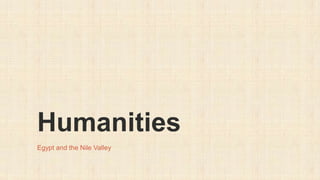Ancient Egypt was characterized by its dual land types, the fertile 'black land' along the Nile and the barren 'red land' that provided protection. Pharaohs, viewed as divine rulers, held absolute power and led a complex dynasty system, heavily intertwined with religion and a rich socio-political structure. The civilization's achievements in art, agriculture, and architecture were deeply connected to their beliefs in numerous gods and the afterlife, influencing daily life across thousands of years.





























































